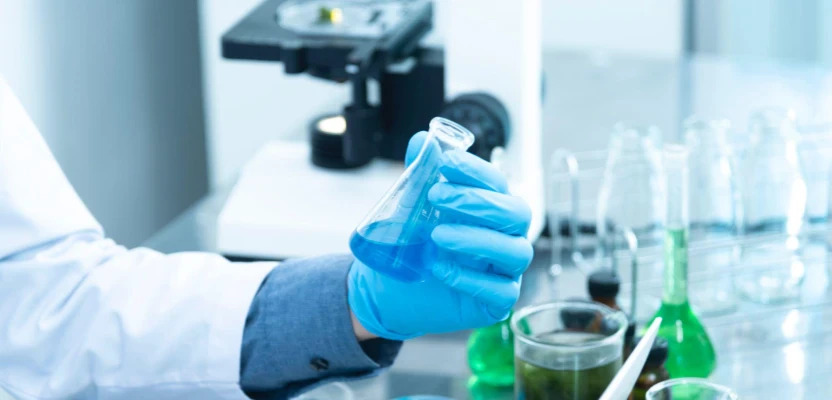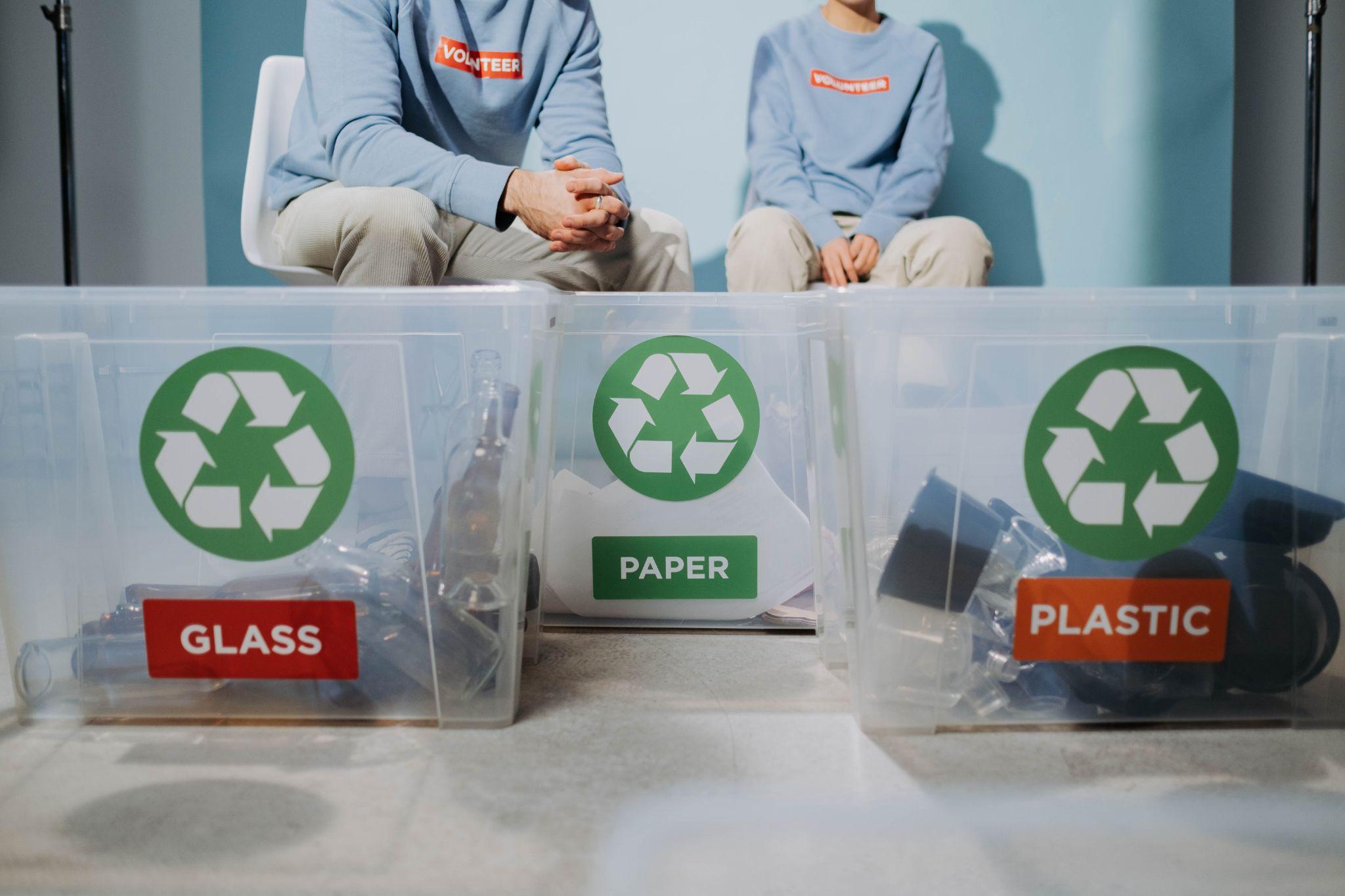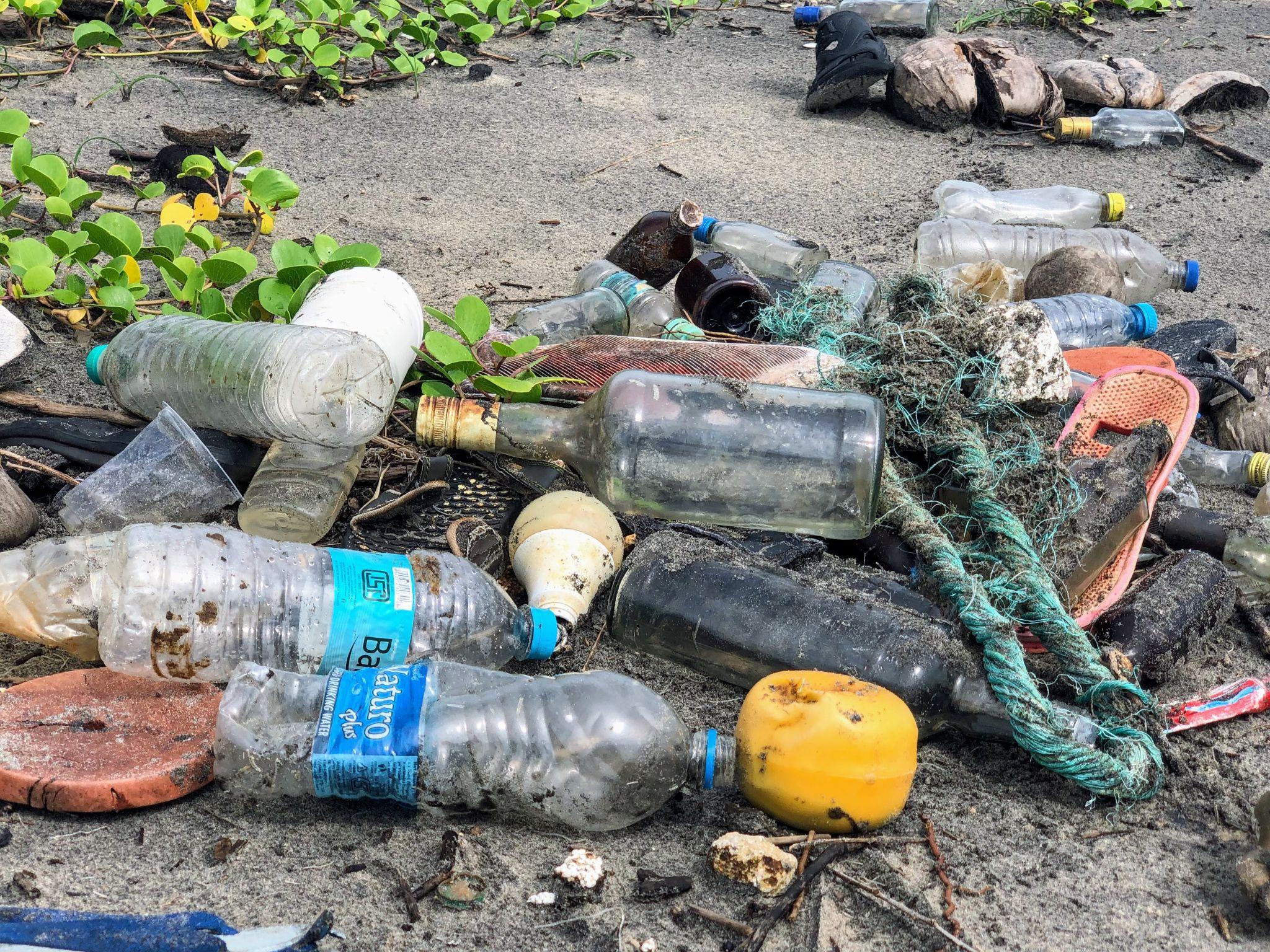
The importance of preserving the environment has become increasingly apparent recently. While there are many ways to help protect our planet, one of the most powerful in the fight against environmental degradation is chemistry.
By reducing our environmental impact, chemists are inventing cleaner, healthier products. So let's explore how chemistry preserves the environment and makes a real difference.
Why Is Chemistry Essential For Preserving the Environment?
Chemistry studies matter and its properties, like structure, composition, and behavior. In addition to preserving the environment, it helps us understand how various parts of our world work together. Chemistry helps us identify and solve environmental problems like climate change, pollution, and waste management.
Chemistry is the basis of all life on Earth and understanding it is essential for sustainable development. Applying chemical principles can create more efficient and environmentally friendly technologies and methods for more efficient resource use. Chemical research is also crucial for understanding environmental processes, from the global cycles that drive climate change to local chemical reactions that generate air pollutants.
We can also reduce our fossil fuel dependence by using chemistry. For example, we can develop solar power and fuel cells with a better understanding of energy sources. Chemistry is also essential in developing safer and more sustainable materials than traditional materials, such as bioplastics, and researching how to reuse or recycle existing materials.

Green Chemistry
Green chemistry is a field of chemistry focused on reducing or eliminating the use and generation of hazardous substances. It aims to design and produce eco-friendly products. Green chemistry creates processes and products that reduce or eliminate hazardous materials, energy, and waste.
In terms of preserving the environment, green chemistry helps to reduce emissions, conserve resources, and create safer alternatives for chemicals used in manufacturing. Green chemistry also promotes using renewable energy sources instead of traditional ones. By promoting these changes, green chemistry helps to ensure a healthier environment for future generations.
Recycling
Recycling is an important part of preserving the environment, in part due to chemistry. By chemically breaking down materials and products, new items can be created with fewer resources. As a result, we release fewer toxins and emissions into the atmosphere by using fewer resources to make new products.
The chemical process of recycling involves:
-
Breaking down materials into smaller parts, then reforming them into new materials.
-
Separating and removing impurities from materials.
-
Introducing catalysts or chemicals to help speed up reactions or change the properties of materials.
-
Utilizing chemical processes such as oxidation and hydrolysis.
-
Reusing plastics, glass, metals, paper, cardboard, and other items.
Recycling reduces our reliance on natural resources and significantly decreases the waste sent to landfills. It also helps lower energy consumption and reduces air pollution, both major environmental concerns. Additionally, properly disposing of hazardous materials and recyclables helps prevent chemicals from leaking into the environment.

Cleaner Production
Cleaner production is using chemicals in the most efficient way possible to reduce any harm done to the environment. It relates to chemistry because it involves looking for the most sustainable way to use and dispose of chemicals, considering each step's environmental, health, and economic impacts. Cleaner production, or pollution prevention, helps preserve the environment by reducing pollution, waste, and energy usage, which would otherwise harm our planet. Cleaner production:
-
Encourages the use of efficient technologies and processes
-
Reduces pollutants and waste production
-
Minimizes energy usage
-
Enhances economic performance
-
Maximizes resource efficiency
-
Prevents health risks due to toxic chemicals

Pollution Prevention
Pollution prevention is an essential element of preserving the environment. It is related to chemistry because chemical processes and products can majorly impact the environment, so preventing pollution is important.
Pollution prevention is reducing or eliminating pollutants from a source, such as a factory or industrial plant. This can be done by reducing the number of hazardous materials used in production, minimizing toxic substances, and recycling or reusing materials whenever possible. This reduces the number of pollutants released into the environment, protecting air, water, soil quality, and human health. Pollution prevention also helps reduce greenhouse gas emissions and can help slow climate change. Ultimately, pollution prevention helps preserve the environment by reducing the potential for environmental damage due to chemical processes and products.
Protecting the Ozone Layer
Chemistry plays a key role in helping to protect the ozone layer. By understanding the chemical reactions that create and break down ozone, we can better identify and address sources of ozone-depleting substances (ODS) that can lead to its destruction. ODS are created through human activities, such as burning fossil fuels and manufacturing certain chemicals.
A weaker immune system, skin cancer, and eye damage are all linked to ozone layer destruction. To reduce these risks, we must use chemistry to understand how ODS interact with the atmosphere and take steps to reduce their production.
A few ways in which chemistry can help to protect the ozone layer include:
-
Understanding and addressing the sources of ODS
-
Developing alternative, ozone-friendly products or processes
-
Monitoring levels of ODS in the atmosphere
-
Understanding the chemical reactions that cause ozone destruction
-
Investigating new technologies to reduce ODS emissions

Greenhouse Gas Emission Control
Chemistry is essential in controlling greenhouse gas emissions, the primary driver of global climate change. Developing and using more efficient and greener chemical processes can reduce our contribution to climate change and help protect the environment.
Greenhouse gas emissions include carbon dioxide, methane, nitrous oxide, hydrofluorocarbons, perfluorocarbons, and sulfur hexafluoride. These gases trap heat in the atmosphere and can cause global temperatures to rise.
Some of the ways that chemistry is helping to reduce greenhouse gas emissions are:
-
Developing more energy-efficient processes using fewer fossil fuels, such as biomass, solar, and wind.
-
Developing cleaner fuels, such as ethanol and biodiesel, which produce lower carbon dioxide when burned.
-
Finding new uses for waste materials, such as converting them into fuel or other useful products.
-
Producing more efficient and less polluting industrial processes, such as catalysis and electrochemical processes.
-
Utilizing advanced materials, such as carbon nanotubes and graphene, for applications in energy storage and green building materials.
-
Using green chemistry techniques to reduce or eliminate hazardous chemicals from production processes.
These techniques can reduce our contribution to climate change and help protect the environment.
Conclusion
Chemistry has a significant role in preserving the environment and creating a healthier, more sustainable future. We can reduce our environmental impact and create a better world for future generations through initiatives such as green chemistry, recycling, cleaner production, pollution prevention, protecting the ozone layer, and controlling greenhouse gas emissions.
Understanding and embracing the importance of chemistry in protecting the environment can ensure our planet remains healthy and safe for many years.



Comments 0